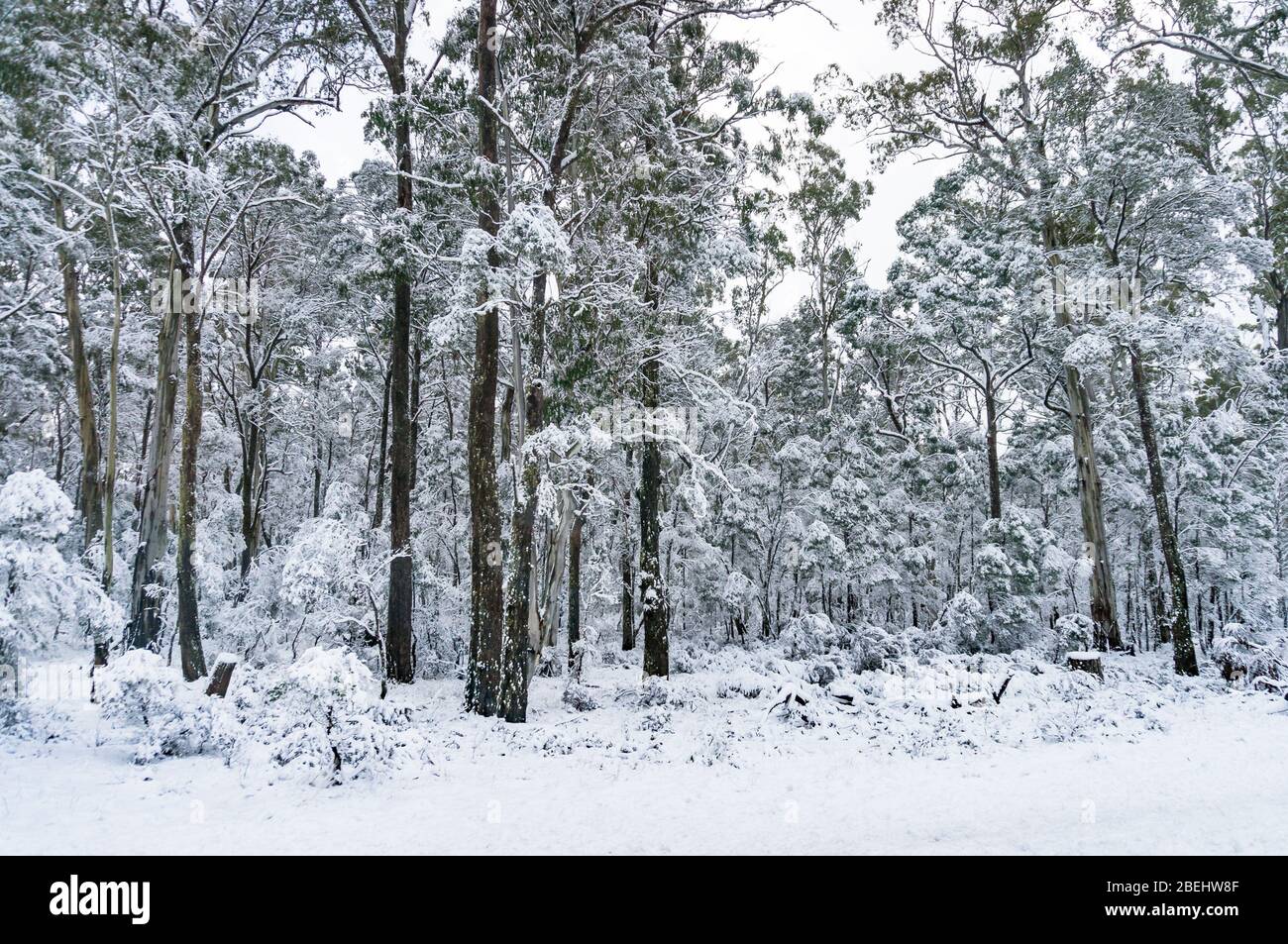Discover the Perfect Seasons of Year to Witness Snow In Australia Firsthand
Discover the Perfect Seasons of Year to Witness Snow In Australia Firsthand
Blog Article
Understanding the Value of Snow in Australia for Farming and Tourist
While Australia is commonly related to sun-kissed beaches and arid outback, it additionally boasts a riches of snowy towering areas. The snow that blankets these areas is even more than a picturesque landscape function. It serves as a lifeline for the country's farming and a driving force for a financially rewarding tourism industry. As we investigate this unusual junction, the prospective effect of changing environment patterns on Australia's snowfall and its succeeding effects become an engaging focus.

The Unexpected Snowfall: Australia's Alpine Regions
When wintertime capes the world, Australia's Towering areas wear a white mantle of snow, a phenomenon that appears practically paradoxical in this dominantly sun-baked land. In contrast to the stereotypical image of Australia as a land of deserts and coastlines, these regions offer a unusual and attractive comparison. The Australian Alps, stretching across New South Wales, Victoria, and the Australian Resources Area, obtain more snowfall than Switzerland. This unexpected wintertime heaven provides an unique ecological community, offering a habitat for several indigenous varieties and a snowy play area for wintertime sporting activities lovers. The annual snowfall, although not as bountiful as in some nations, is a crucial element of Australia's environment variety and plays a significant duty in the nation's agricultural methods and tourism industry.
Winter season's Bounty: Snow's Payment to Australia's Water Resources
Regardless of its rarity in the more comprehensive landscape of Australia, snow in the Towering areas plays an important duty in the nation's water sources. Working as a natural tank, the snowpack shops water throughout the cool months, slowly releasing it into rivers and dams as it melts in warmer seasons. This process guarantees a consistent supply of water, aiding in the stabilization of the nation's water cycle. This is especially critical for Australia, a continent frequently pestered by dry spells. Furthermore, the snowmelt feeds into the Murray-Darling Container, a lifeline for many neighborhoods in the southeastern parts of the country. Without the bounty of winter snow, Australia's water resources would certainly be considerably stressed, impacting both the populace and the atmosphere.
White Blanket, Environment-friendly Fields: The Impact of Snow on Australian Agriculture
Although much less noticeable, the impact of snow on Australian farming is considerable. Snowfall in the high nation serves as an all-natural form of irrigation, gradually melting and providing a constant water system to lower-lying farmland. This water-rich environment cultivates the development of robust plants, contributing to the country's farming efficiency. Moreover, snowfall boosts soil health by introducing moisture and trapping nutrients, which are progressively launched as the snow melts. This process enhances the dirt, cultivating the development of much healthier, much more durable crops. additional hints Additionally, snow cover functions as a safety covering, shielding the ground versus serious wintertime temperatures that could or else harm plants. Hence, the role of snow in Australian agriculture is both crucial and diverse.
Cold Money: Snow Tourist and Its Economic Relevance in Australia
While the worth of snow to Australian farming is often ignored, its contribution to the country's tourism market is unquestionably substantial. The snow-laden peaks of Australia's towering areas draw in a flurry of vacationers every winter season, contributing millions to the national economic climate. Hence, the financial value of snow tourism in Australia expands far beyond the inclines.
Future Forecast: Environment Change and Its Prospective Effects on Australia's Snowfall
As the world faces the truth of environment modification, so also must Australia consider its prospective impacts on the nation's snowfall. Current scientific designs anticipate a reduction in look at this site Australian snowfall, with possibly severe influence on both farming and tourism. In some locations, the snow period could be reduced by up to 80 days by 2050. Such modifications intimidate the feasibility of Australia's ski industry, which adds dramatically to the regional economic climate. Likewise, less snowfall might likewise influence the nation's farming market, as snowmelt plays a critical function in sprinkling plants. The possible effects of these modifications underline the urgency of climate adjustment reduction initiatives, both in Australia and internationally.
Conclusion
To conclude, snow is an essential component of Australia's farming and tourism fields. It not just nourishes the country's farming landscape yet also fuels its wintertime tourism sector. Nonetheless, the impending risk of environment modification raises problems about the future of Australia's snowfall patterns, potentially disrupting these considerable private sectors. As a result, understanding and addressing these obstacles is important for the sustainability of Australia's economic climate and ecological community.

When winter cloaks the globe, Australia's Alpine regions don a white mantle of snow, a spectacle that appears nearly paradoxical in this dominantly sun-baked land.Despite its rarity in the wider landscape of Australia, snow in the Towering regions plays a critical duty in the nation's water resources. Without the bounty of winter season snow, Australia's water resources would be dramatically stressed, impacting both the population and the read here setting.
Hence, the economic importance of snow tourist in Australia extends much beyond the slopes.
In final thought, snow is a pivotal aspect of Australia's farming and tourism fields. Snow In Australia.
Report this page